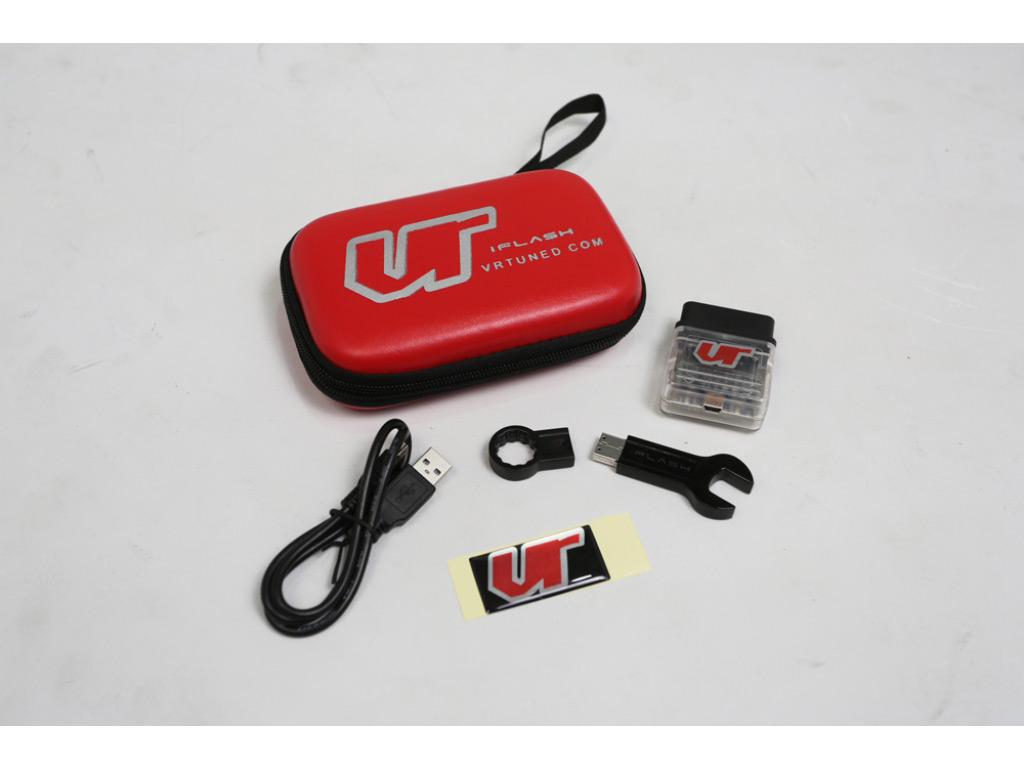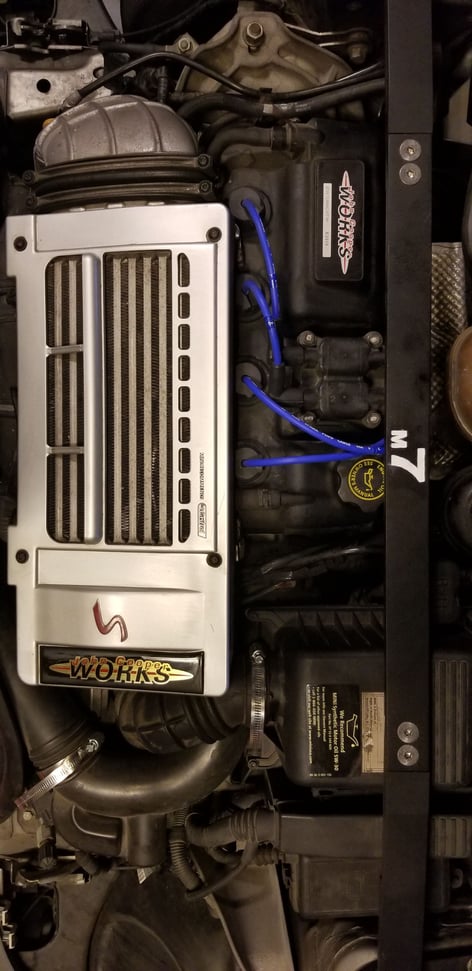
"You may pass on the right of another vehicle which is making or about to make a left turn if there is sufficient pavement width for both your vehicle and the vehicle making the left turn." When you are driving down a 2 lane road, and someone is making a left turn, and there is room to go around on the right, which there typically is with a shoulder.YOU DO SO. I pull as far out as possible into the intersection when turning left anyways. Can someone give an example of an intersection somewhere where this is applicable? I'm thinking Myrtle/Ponce might be one, but such a huge portion of oncoming traffic turns left there I couldn't see actually doing it. I thought this rule typically applied to uncontrolled intersections and driveways, but I don't see any rule that's very specific on the point. You'd have to be mighty careful about oncoming traffic making a left turn, as well. In those cases, there are normally left turn lanes anyways. For there to be enough space to pass on the right without going over the white line, your drive lane would have to be in the neighborhood of 20+' wide. I can't think of actual situations you could use this at a signaled intersection, though.

Oh.and of course using a turn signal is strictly optional. Timidity and a lack of being decisive isn't courteous or friendly. Then when the light turns yellow, they continue to sit, and another light cycle goes by. The other related case is the person who sits at the stop line in a left turn lane instead of moving out into the intersection. You may also pass on the right when traveling on a multi-lane highway carrying two or more lanes of traffic in the same direction." You may pass on the right of another vehicle which is making or about to make a left turn if there is sufficient pavement width for both your vehicle and the vehicle making the left turn. Instead they will sit and wait, despite enough room to drive a Mack truck on by. Many here in the south do not, whether because of timidity or lack of common sense. Standalone systems often provide the absolute best control over tuning for an engine, but have the highest cost associated with them.Įxamples: AEM EMS, Haltech, MoTeC, PowerFC, FAST XFI.When someone is making a left turn on a two lane road (or any road) and there is room to pass them on the right, it is not only legal, but courteous to do so. It manages all functionality that the OEM ECU did previously, but often times adds more control or features that the OEM ECU would not otherwise be able to provide. Flash tuning is often times the best choice for tuning on newer cars due to being able to retain emissions functionality and cost.Įxamples: COBB AccessPORT, Hondata FlashPro and Open Source tuning software.Ī standalone ECU is a direct replacement of the factory ECU. Flash tuning an ECU allows for direct control over all functions similar to a modified stock ECU, but without the need to remove/modify the ECU.

Most newer cars are able to be “flashed” through the factory OBD-II scan port. A modified stock ECU allows for direct control over all functions of the factory ECU, so excellent performance, fuel economy, and overall running can be achieved.

Using a real time programmer in place of the eeprom chip on the ECU board, a custom tune can be performed. Piggyback systems can often times have poor running conditions due to “tricking” the factory ecu into doing something it was not intended to do.Įxamples: Emanage, Split Second, AEM F/IC.Ī modified stock ECU is typically one that is eeprom “chip” based. Below we have listed details about each system:Ī piggy-back system uses the factory ecu, but monitors certain engine parameters from the factory ecu and sends a modified injector or ignition output to achieve a desired air/fuel or ignition value. The four most common systems and methods are piggy-back tuning systems, a modified stock engine control unit (ECU), flashing the stock ECU, or a standalone ECU. To be able to have your car tuned, you need to equip it with a compatible Engine Management System (EMS).


 0 kommentar(er)
0 kommentar(er)
